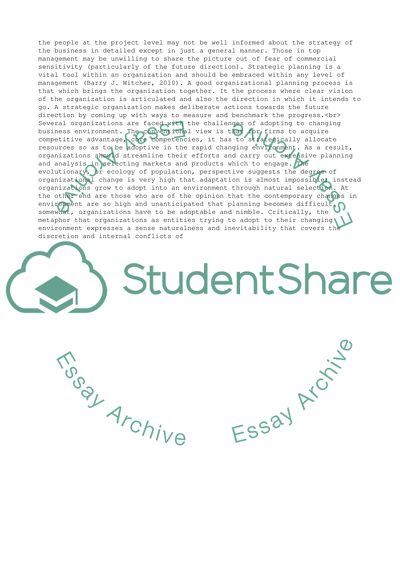Cite this document
(“Strategy Essay Example | Topics and Well Written Essays - 2000 words - 5”, n.d.)
Strategy Essay Example | Topics and Well Written Essays - 2000 words - 5. Retrieved from https://studentshare.org/management/1636337-strategy
Strategy Essay Example | Topics and Well Written Essays - 2000 words - 5. Retrieved from https://studentshare.org/management/1636337-strategy
(Strategy Essay Example | Topics and Well Written Essays - 2000 Words - 5)
Strategy Essay Example | Topics and Well Written Essays - 2000 Words - 5. https://studentshare.org/management/1636337-strategy.
Strategy Essay Example | Topics and Well Written Essays - 2000 Words - 5. https://studentshare.org/management/1636337-strategy.
“Strategy Essay Example | Topics and Well Written Essays - 2000 Words - 5”, n.d. https://studentshare.org/management/1636337-strategy.


